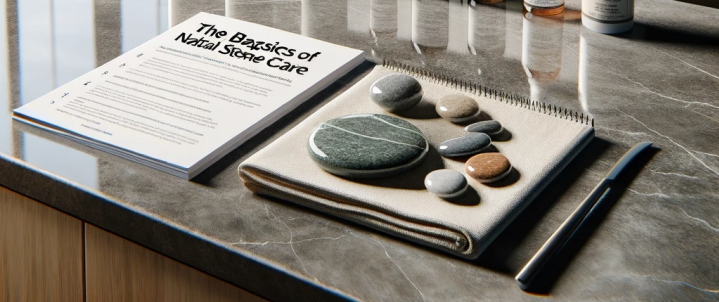Historical Stone Restoration: Preserving the Past
At Stone Guys NY, we recognize the profound importance of historical stone restoration in preserving the legacy and integrity of our architectural heritage. Historical buildings and monuments tell the stories of our past, and their preservation is crucial for future generations. Restoring these venerable stone structures requires a blend of artistry, science, and a deep respect for historical integrity. Here’s how we approach the delicate task of historical stone restoration.
Understanding the Value of Historical Stones
1. Cultural Significance:
- Historical stone structures are tangible links to our past, embodying the art, craftsmanship, and history of the periods they were built.
2. Architectural Heritage:
- These structures often represent significant architectural advancements and styles, serving as educational and inspirational resources.
The Challenges of Historical Stone Restoration
1. Identifying Original Materials:
- It’s crucial to identify and, if possible, source the original materials used to maintain authenticity.
2. Deciphering Past Techniques:
- Understanding the construction and restoration techniques used in the past helps in making informed decisions during restoration.
3. Balancing Preservation with Restoration:
- The goal is to preserve as much of the original material as possible while restoring the integrity and stability of the structure.
The Restoration Process
1. Detailed Assessment:
- A thorough examination of the stone’s condition, including any previous restoration attempts, is essential. This might involve photographic surveys, physical sampling, and historical research.
2. Cleaning with Care:
- Cleaning historical stone is a delicate process. The method (such as gentle brushing, laser cleaning, or chemical poultices) is chosen based on the stone’s condition and type.
3. Structural Repairs:
- Cracks, chips, and other structural damages are repaired, often using techniques like injection grouting or pinning with materials compatible with the original stone.
4. Aesthetic Restoration:
- Missing or severely damaged sections might be recreated by skilled craftsmen. The aim is to blend these restorations seamlessly with the original structure.
5. Preventive Measures:
- Applying protective coatings or treatments to shield the stone from future damage due to weathering, pollution, or biological growth.
Ethical Considerations and Best Practices
1. Minimal Intervention:
- The principle of minimal intervention is paramount; the less change made to the original structure, the better.
2. Reversibility:
- Ideally, restoration efforts should be reversible, allowing future restorers to return the structure to its prior state if needed.
3. Documentation:
- Detailed records of the restoration process, materials used, and techniques employed are crucial for future conservation efforts.
The Role of Experts
1. Multidisciplinary Teams:
- Historical restoration often involves a team of experts, including historians, architects, chemists, and stone craftsmen, each contributing their specialized knowledge.
2. Continuous Learning:
- Professionals involved in historical stone restoration must stay informed about the latest techniques, materials, and ethical considerations.
Conclusion
Historical stone restoration is a profound responsibility, bridging the past and the future. It demands a deep understanding of historical contexts, materials, and methods, as well as a commitment to preserving the integrity and authenticity of our shared heritage. At Stone Guys NY, we are dedicated to the careful and respectful restoration of historical stone structures, ensuring they continue to tell their stories for generations to come. For consultation or services in historical stone restoration, contact us at StoneGuysNY@gmail.com or (888) 786-6369. Together, we can preserve the past for a brighter future.

